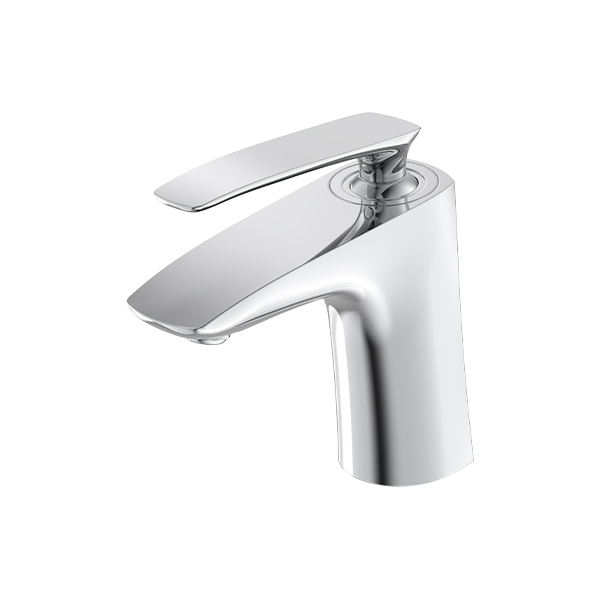Unlike traditional two-handle faucets, which require separate adjustments for hot and cold water, the single lever mixer tap offers a more intuitive and space-saving approach. It’s often used in contemporary kitchens, but its convenience has led to its adoption in various styles and layouts.

Functional Benefits
1. Ease of Use
One of the significant benefits of the single lever kitchen mixer is its user-friendly operation. With just one hand, users can quickly adjust the water temperature and pressure. This is especially helpful when multitasking in the kitchen—such as when washing dishes, cleaning vegetables, or handling raw ingredients—where the other hand may be occupied.
2. Efficient Water Temperature Control
Because of its design, the single lever mixer allows for more precise temperature control. This helps reduce water wastage by enabling users to find the desired temperature more quickly compared to traditional systems. Over time, this may contribute to both environmental and cost savings.
3. Space Saving
The compact nature of a single lever faucet frees up sink space, which can be particularly valuable in smaller kitchens. Fewer components mean fewer visual distractions, contributing to a more streamlined and clutter-free countertop.
4. Easy Cleaning and Maintenance
With fewer seams and parts compared to multi-handle faucets, single lever mixers are generally easier to clean. This makes them a practical choice for households that prioritize hygiene and low-maintenance solutions.
Aesthetic Appeal
Single lever kitchen mixers are often associated with modern and minimalist kitchen designs, thanks to their sleek and simple structure. They are available in various finishes—including chrome, brushed nickel, stainless steel, matte black, and brass—allowing them to blend seamlessly with a wide range of kitchen décor styles.
Designers often favor these faucets not only for their form but also for their ability to complement integrated kitchen appliances and countertops. Their minimalist aesthetic does not overpower the rest of the kitchen design and allows for a cohesive, polished look.
Installation and Compatibility
Installing a single lever kitchen mixer typically involves a straightforward process, especially when replacing an old faucet with a similar configuration. Most models are designed to fit standard sink or countertop cutouts, though it is always advisable to check dimensions and specifications in advance.
Some single lever mixers also include features like pull-out or pull-down spray heads, which enhance versatility and make it easier to rinse large pots or clean the sink. These added functionalities are particularly beneficial in busy kitchens.
Considerations When Choosing a Single Lever Kitchen Mixer
While the single lever kitchen mixer has many advantages, there are a few considerations to keep in mind:
Build Quality: Choose mixers made from durable materials such as solid brass or stainless steel, as these tend to have longer lifespans and better resistance to corrosion.
Ceramic Cartridge: Opt for models with a high-quality ceramic disc cartridge, which helps prevent leaks and ensures smooth operation over time.
Water Pressure Compatibility: Make sure the mixer is compatible with the water pressure in your home. Some models are designed for high-pressure systems and may not perform well under low pressure.
Ergonomics: Test the lever movement to ensure it’s comfortable and intuitive for your needs, especially if it will be used frequently by different household members.

 English
English Español
Español русский
русский

